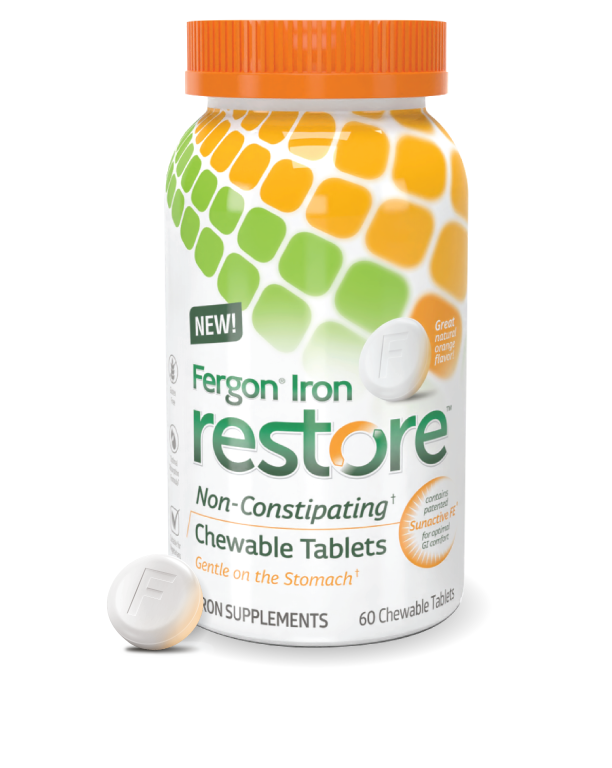The effects of low iron are widely varied from one person to another because this essential nutrient has many different roles in the body.
For example, there’s a strong connection between iron deficiency and muscle pain because iron is needed to help muscles grow, develop, and function properly.
Here is some information about why low iron levels can lead to muscle aches and when the aches could be one of the effects of low iron or due to something else. This article will also provide tips for athletes to prevent sore muscles due to a lack of iron.
The Low Iron Sore Muscles Connection
The brain stem is the part of the body where pain is registered, and research shows that the brain stem needs iron to keep pain sensations in check. When the body doesn’t have the iron that it needs, the structure and functioning of the brain stem and associated nerves are altered in an adverse way. Low iron levels are commonly found in individuals who have fibromyalgia, restless leg syndrome, and chronic muscle pain.
The American Society of Hematology has suggested that people with iron deficiencies may experience trigger point pain in their muscles that results from a lack of oxygen being delivered to them. This is because iron helps deliver oxygen to the various parts of the body, including the muscles.
Iron Deficiency Muscle Spasms
When an inadequate supply of oxygen is delivered to the muscles, iron deficiency muscle spasms may occur. In addition to muscle spasms caused by low iron, other common symptoms may be present as well, such as fatigue, brittle nails, and pale skin. However, muscle spasms can also be caused by many other conditions and deficiencies too, including low potassium, heat cramps, and muscle strain.
Athletes who increase their training or intensity without properly stretching and warming up may experience muscle spasms even if a nutrient deficiency isn’t present. The aches may be signs of something more serious than just muscle spasms caused by iron deficiency if a person is experiencing a blood clot or rare conditions like hypoparathyroidism, Chagas disease, or pseudohypoparathyroidism.
How to Manage Iron Deficiency and Muscle Soreness
If it is determined that low iron levels are to blame for muscle soreness, then the first step to treatment is to increase the amount of iron consumed on a daily basis. This can typically be done by taking iron supplements, like Fergon, and eating iron-rich foods in meals.
Once iron levels are restored to a healthy level, it is a smart idea to switch up workout routines so that all muscles are worked on a more equal basis. Eating protein-rich foods, wearing compression garments, staying well-hydrated, and thoroughly stretching before and after exercise can help prevent muscle pain and soreness as well. Once muscles become sore, it may help to take a soak in an Epsom salt bath, take a rest day from the gym, use a topical cream on sore areas, and use a foam roller to stretch out painful muscles.

